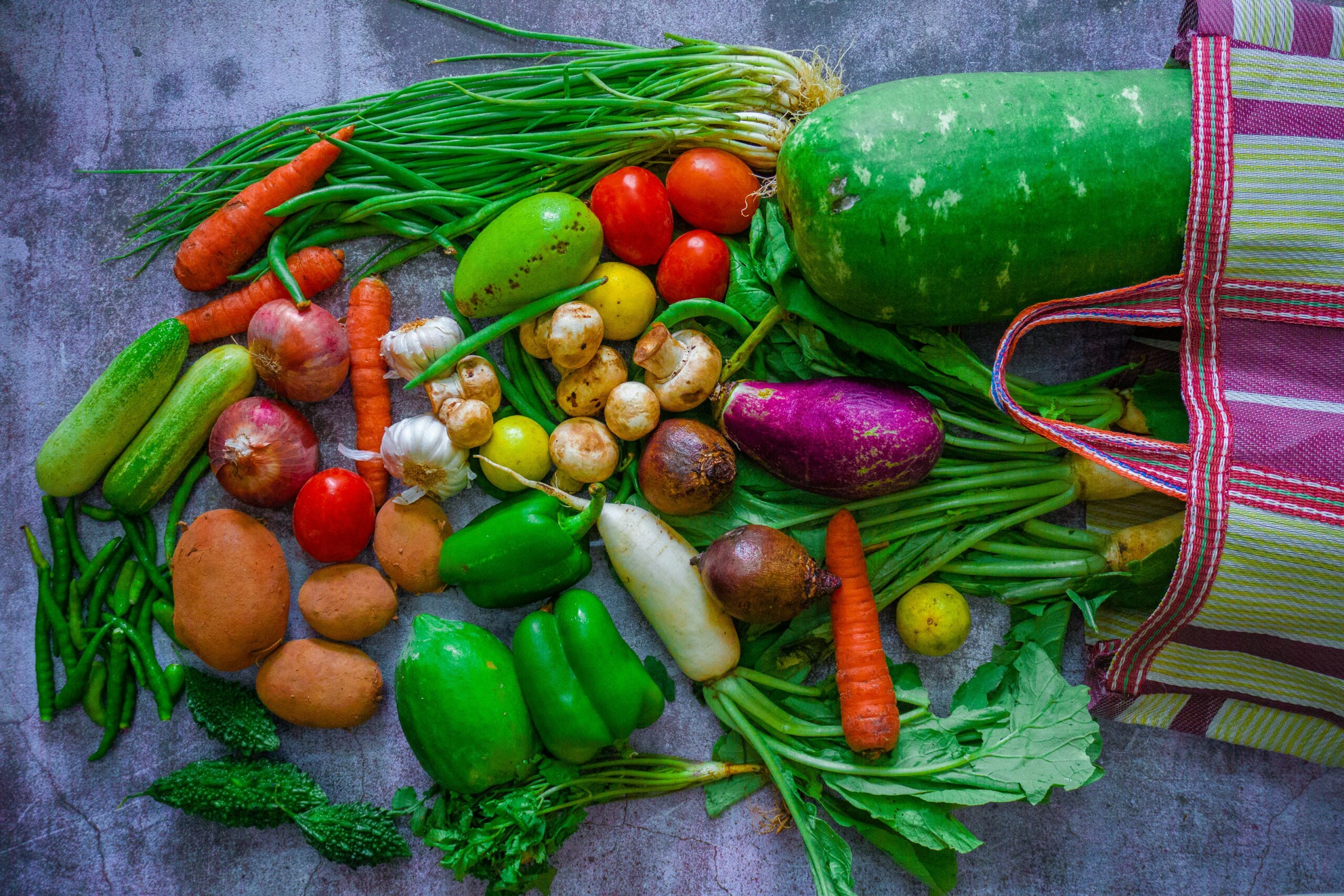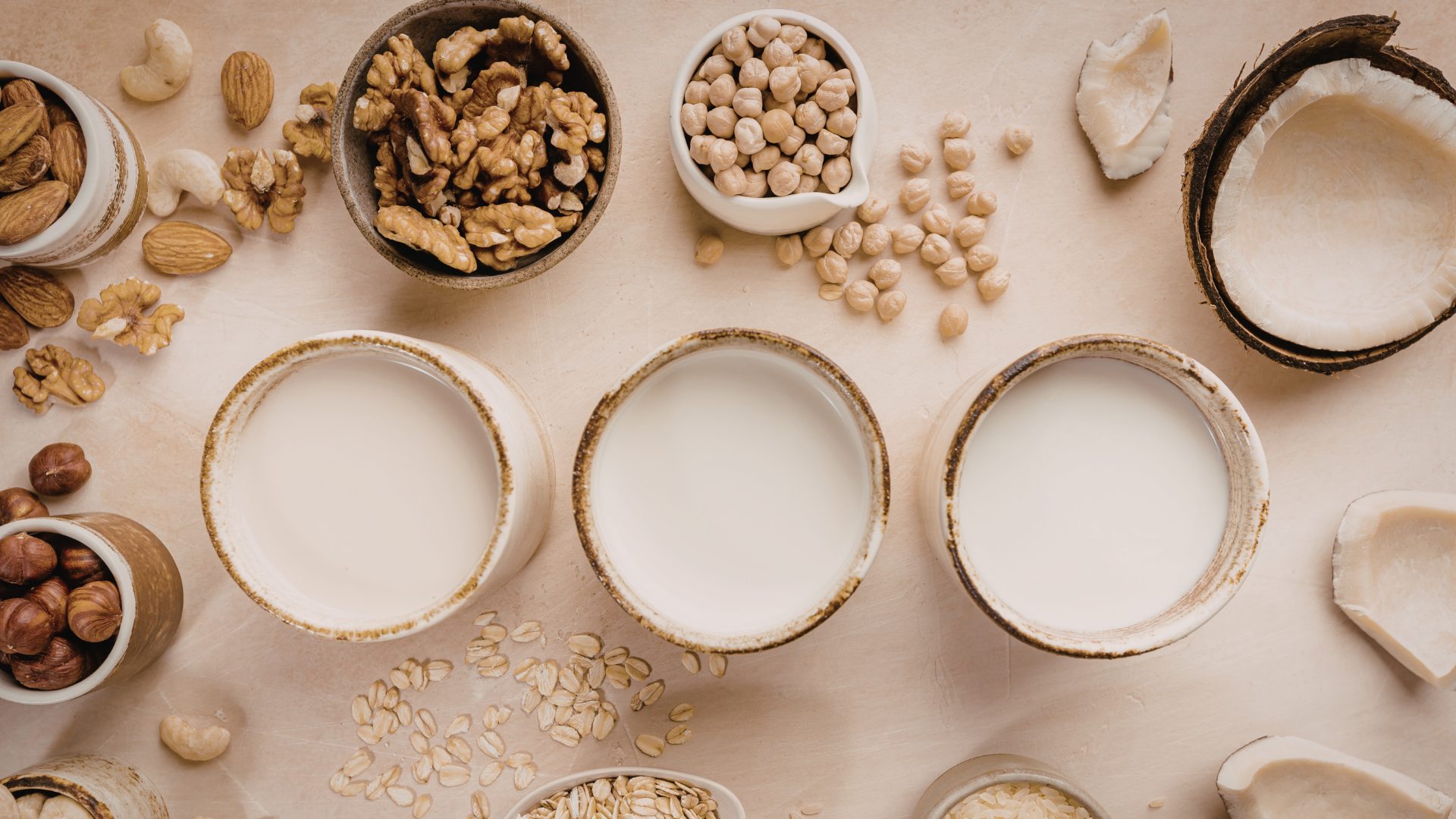Despite its recent setbacks, the plant-based sector has continued to grow – and plenty of opportunities are ripe for the taking in 2025 and beyond.
Here are some of the top trends that ProVeg International predicts will impact makers of alt-meat and dairy products this year, along with actionable tips for capitalizing on them.
Functional Ingredients
Americans are increasingly looking for ways to get more functional benefits out of their foods – whether that means better-for-you convenience meals that can help lower their risk for cardiovascular disease or healthy snacks that align with their weight-loss goals.
Alt-protein brands can leverage this trend to their advantage in various ways, such as:
- Identifying market gaps and developing functional products in these categories
- Conducting market research to better understand the challenges and aspirations of target demographics
- Introducing products that support the wellness goals of these consumers, as well as help them overcome any barriers to achieving optimal health or feeling their best, such as products that mitigate the side effects of GLP-1 medications
- Refining messaging and marketing strategies to emphasize the health benefits of F&B items and position them as solutions that address consumers’ pain points
Whole Foods
Though incorporating functional ingredients into foods is one way to drive significant growth, this strategy can also backfire if it is accomplished via artificial additives.
As the plant-based sector continues to bounce back from the recent ultra-processed panic, it’s crucial for alt-protein brands to stick with as many whole foods and natural ingredients as possible – and it’s equally important for them to clearly convey the nature of these ingredients through clean, transparent labels.
F&B manufacturers can harness these shifts in consumer preferences by:
- Developing innovative, plant-forward protein alternatives that don’t attempt to mimic meat, such as Beyond Meat’s Sun Sausage
- Leveraging endorsements and certifications from trusted, well-established associations like the American Heart Association on product labels
- Pivoting to more natural, high-protein ingredients like duckweed that are also eco-friendly
- Incorporating upcycled ingredients like citrus peels and spent grains into products to reduce costs and enhance sustainability – and telling that story front and center on packaging
Healthy, Affordable Indulgence
Today’s consumers may be interested in whole foods and functional ingredients, but that doesn’t mean they’re willing to sacrifice indulgences – whether sweet or savory.
In fact, they’re gravitating toward F&B products that can give them the best of both worlds, such as Cado’s non-dairy ice cream, which incorporates avocado into its base to ensure a rich, creamy consistency with a scoop of heart-healthy fats as an added bonus.
However, many of these consumers are also incredibly cost-conscious. In a 2024 trends survey by Innova Market Insights, 38% of respondents cited “price or value for money” as a major hindrance to adopting plant-based alternatives.
In light of these findings, it’s important for plant-based brands to:
- Collaborate with retailers and ingredient suppliers to monitor and adjust pricing
- Highlight the value of offerings that are more expensive and position them as premium products that are worth the splurge
The Food Institute Podcast
How does a coffee brand pivot into honey? The answer might make more sense than you originally believed. Jessica Padula, Nespresso USA’s vice president of marketing and head of sustainability, returns to discuss the company’s sustainability efforts and how her dual roles in marketing and sustainability inform each other and improve the company.











